

During his employment at Western Publishing, Carl Barks made several Christmas themed Disney comic book stories (see more HERE). Some of them were requested by the editor, while most were dreamed up by Barks on his own accord. One of the most funny, intelligent, and memorable stories was triggered by no less than two sets of main events, namely Donald Duck's endless car trouble and his nephews' all-absorbing Christmas wish. The actions unfolded in one of Western's Christmas Parade series as CP2 You Can't Guess! from 1950. This is the story.
|
THE STORY |
|||||||||
|
|||||||||
|
THE GALLERY |
||
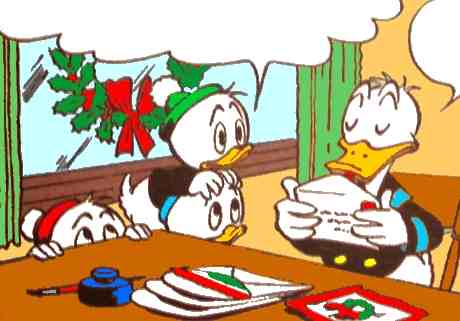 |
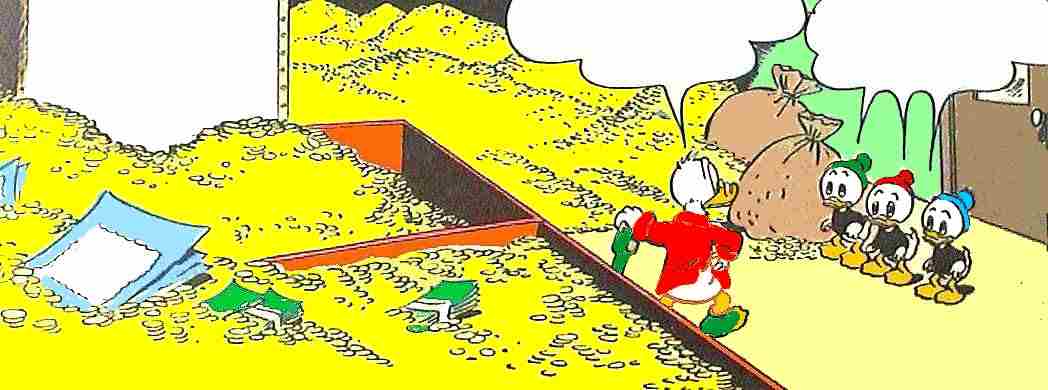 |
|
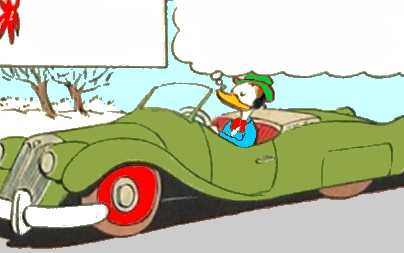 |
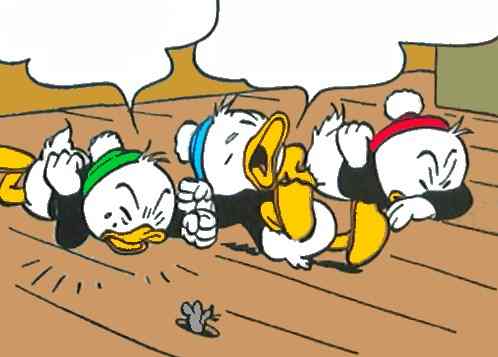 |
 |
|
|
|
|
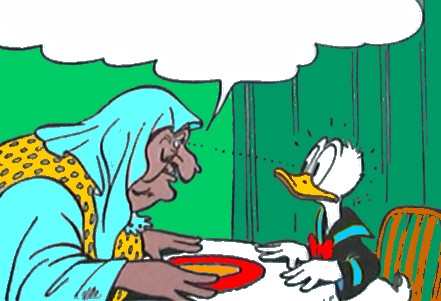 |
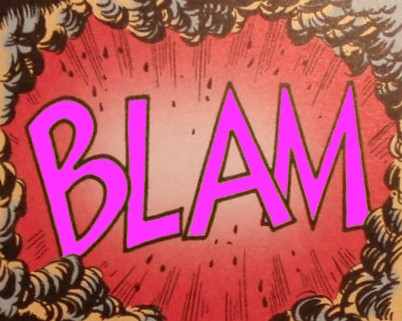 |
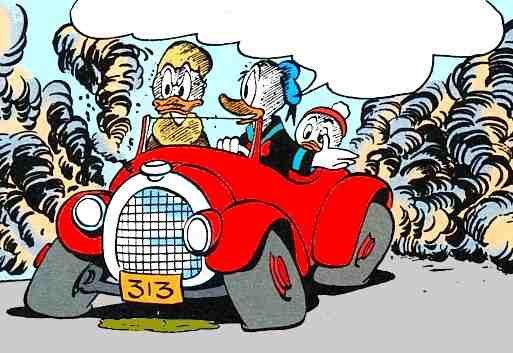 |
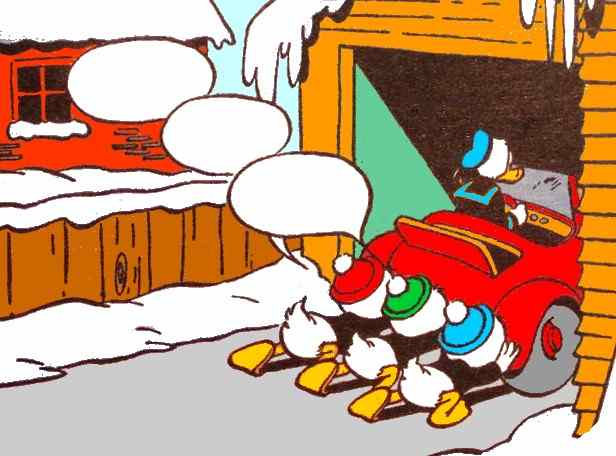 |
|
|
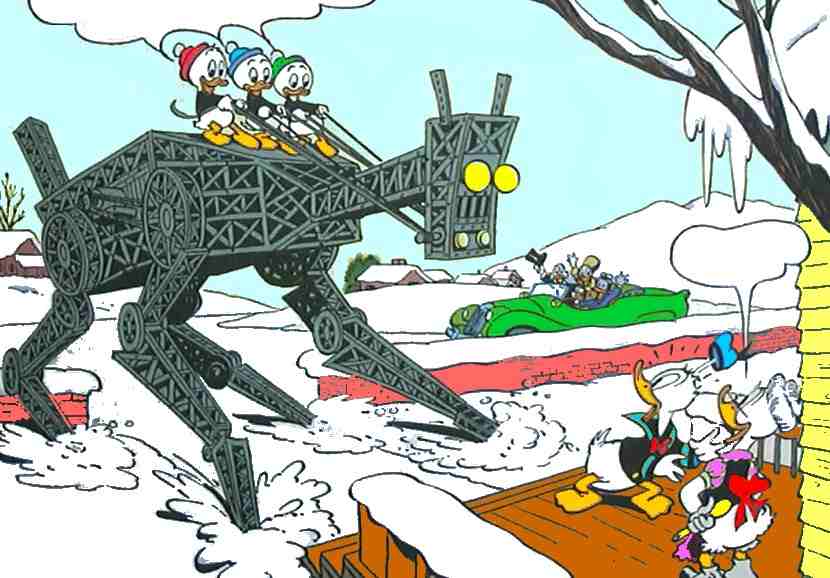 |
||
|
THE CAR |
|||
|
In this story the little ballonwheeled, open car really looks like a write-off - and the plot
depends on it. Because Donald's only wish for Christmas is a new car to
replace the one that breaks down constantly. In the end he gets his fill
of the family car, which, by the way, does not hinder it from resurrecting
in the next story... |
|||
|
In WDCS044 The Mad Chemist and in WDCS100 'Nightmares' Donald drove the car into deep lakes from which it was unlikely to ever surface again, and in VP1 Vacation Time a crook shoved it over a cliffside to certain obliteration. Still, it pops up in prime condition in all the later stories! |
|
Barks normally stuck to the car's well known appearance but in this story panel it was equipped with a windshield which is highly unusual. And, in the very next panel, Donald drives away in the car - this time without the windshield! It is unknown why Barks did not erase the mistake... |
|
|
THE SPLASH PAGE |
|
|
A splash page is a story's first, full page consisting of only one panel and must not be confused with a front cover. Barks only made 3 splash pages in his comic book career and they all occurred in the early Donald Duck adventure stories: |
|
|
|
|
|
|
|
|
THE TITBITS |
||
|
|
|
|
|
Usually, Grandma is the prototype of a housewife from a bygone age, but in this story she lives in a modern, suburban area instead of on a farm! She also owns a modern telephone instead of her usual wall telephone, and we are introduced to one of her favourite idioms: Land Sakes Alive! |
The nephews end up with enough Jiffy sets to build a contraption shaped like a giant running horse. Still, we are never shown how the nephews get the monstrosity to actually move, but logic prescribes the presence of some kind of mechanism, i.e. machinery, to make it move. |
Barks was not alltogether observant when drawing some of the exteriors of Donald's home: The neighbouring wall is made of wood and stone, the driveway to the garage next to the house appears and disappears, the garage and a front window and the front stonewall come and go. |
http://www.cbarks.dk/THECARSTORY.htm |
Date 2017-08-10 |